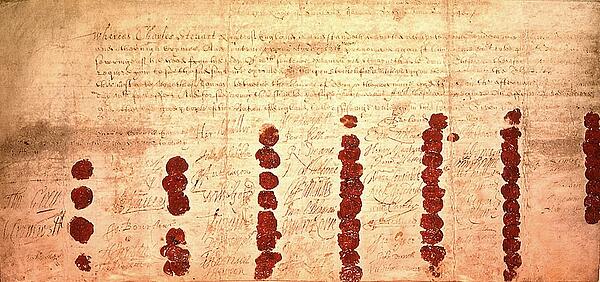Regicides
The regicides were made up of the 59 Commissioners who sat in judgement at the trial of King Charles I and signed his death warrant in 1649, as well as 31 other officials who participated in his execution. Oliver Cromwell was the most prominent regicide. Following the Restoration 1660, surviving regicides were punished for their part in the trial and execution of the king.
When the Act of Indemnity and Oblivion was passed in August 1660, anyone who gave their support to the Commonwealth was pardoned, but the surviving signatories of the death warrant of Charles I were punished.
The regicides were deeply opposed to the king’s abuse of power and his role in causing the English Civil War. They believed that he was responsible for treason against his own people and tyranny.

Charles was determined to avenge his father’s death by punishing those responsible for it. Even Oliver Cromwell, who has died in 1658, wasn’t able to escape punishment. His body was disinterred, thrown into a pit and the head placed on a spike at the end of Westminster Hall. The bodies of Henry Ireton and John Bradshaw also suffered the same fate.
Who were the regicides?
The regicides who were still alive received the harshest punishments. Nineteen regicides were arrested, including preachers and lawyers, and in October 1660 all 10 were hung, drawn and quartered at either Charing Cross or Tyburn. Nineteen others were imprisoned for life.
Most of the regicides who escaped England and moved abroad were eventually captured and executed.
See also: Charles I
MLA Citation/Reference
"Regicides". HistoryLearning.com. 2025. Web.
